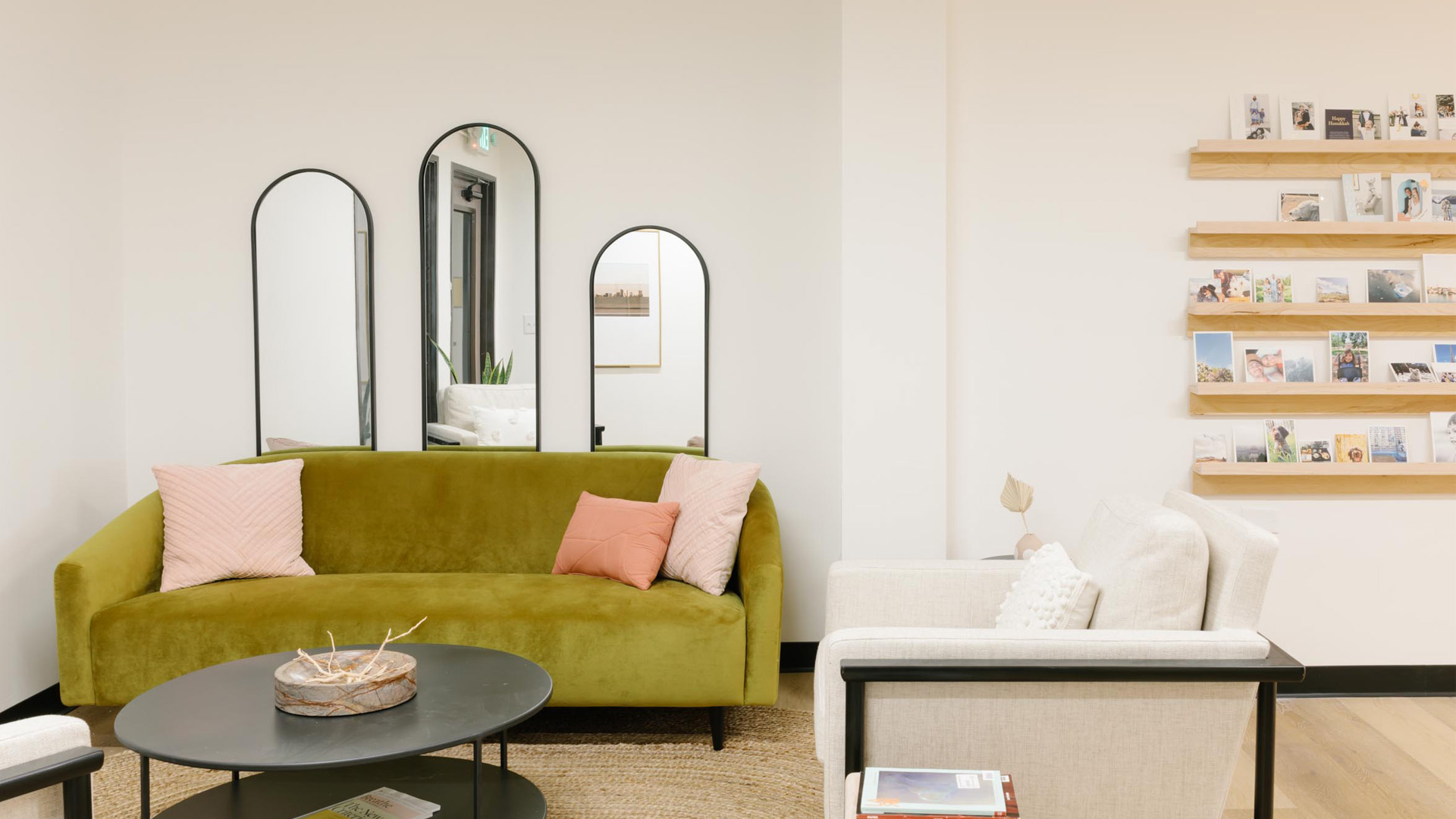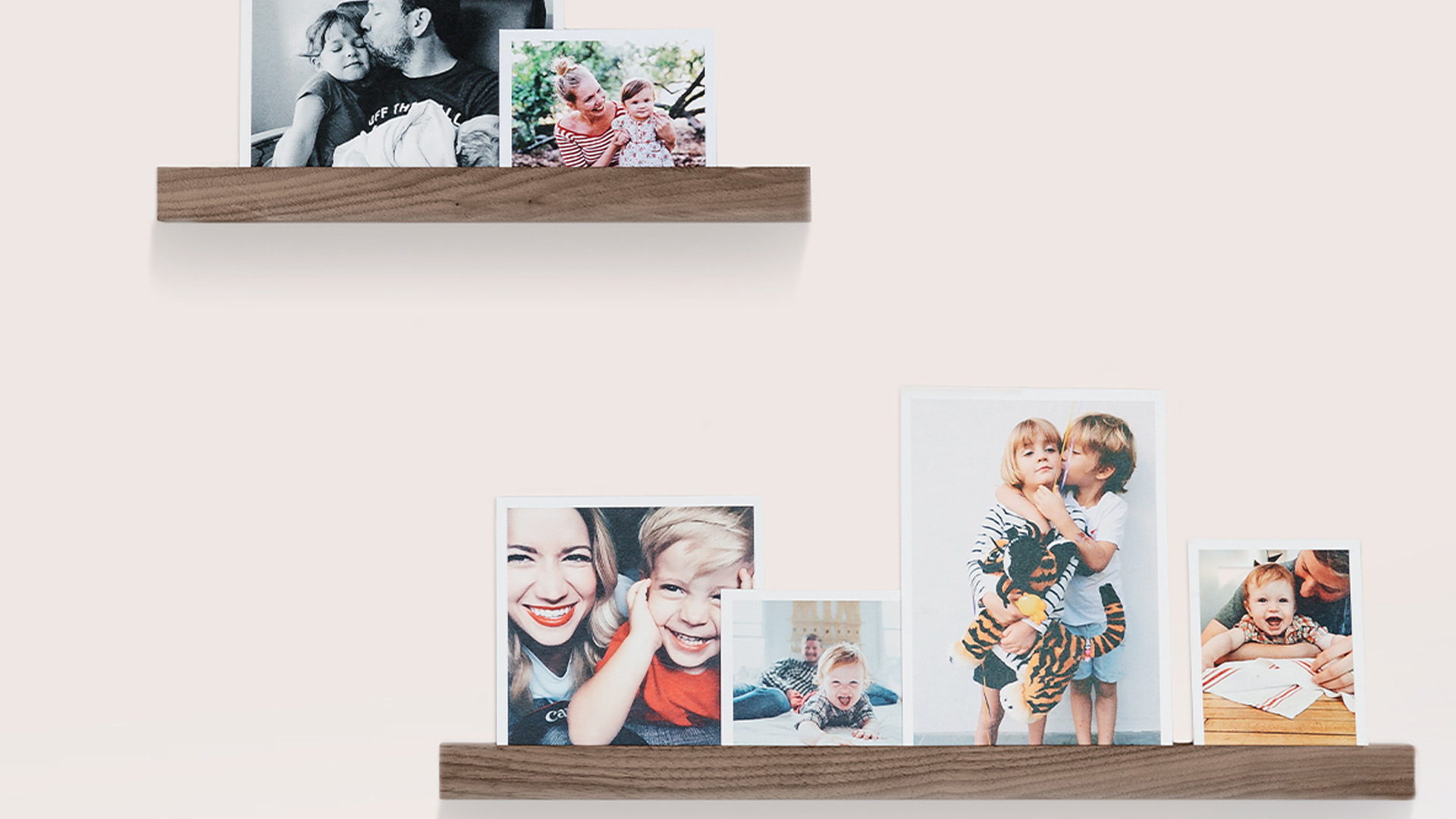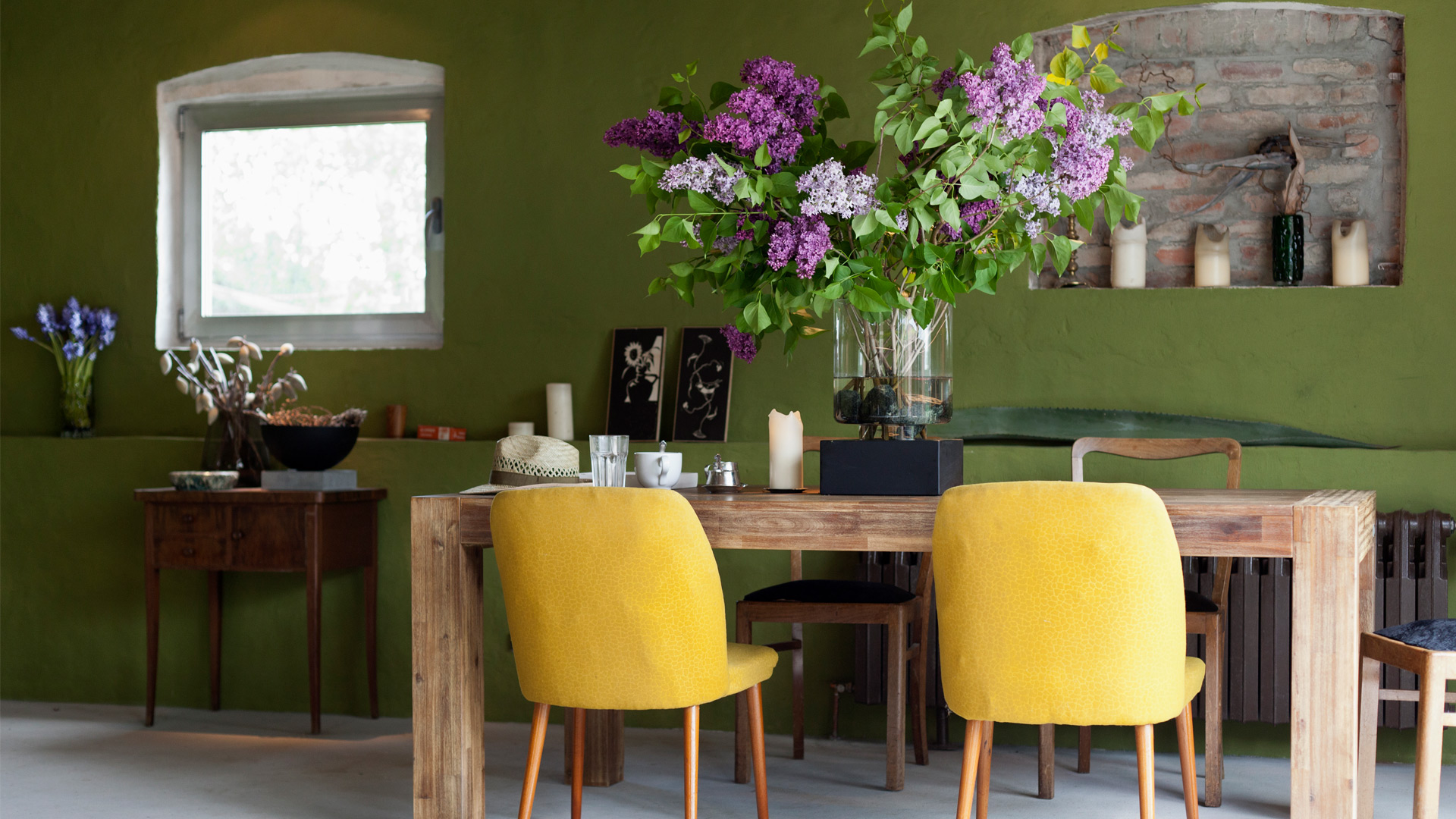How to design a practical home space
Want to get the most from your house? Here’s how to design a practical space that works for you.

Find out how to design a practical home that ticks your wish (and your needs) list. It’s fair to say that most of us have spent more time in our homes than ever before in the last 12 months, and for some, that will really highlight how practical, or not, your living space is.
Redesigning your home is a big task though, and whether your plans are little or large, we’ve got expert advice to help you along the way. To help make your ideas a reality, try out some of the best home design software, which will also help you calculate costs. If it’s just one room you’re planning to renovate, the best interior design software is for you as this will allow you to try out color schemes and play around with flooring and room layouts.
Sometimes, though, it’s gathering your ideas together in the first place which is the tricky part. That’s why we’ve spoken to expert, Emily Dubin, who’s Senior Director of Innovation at Artifact Uprising - a company creating photo books, beautiful, personal gifts, and more.
Growing up in a family of artists has shaped the way Emily values things in her home. She now knows everything there is to know about the latest design trends and oversees the strategy, design, and development of Artifact Uprising’s products. Here, Emily shares her expert advice on how to create a practical home space.
Where should you start creating a practical home?
With so many things to consider, Emily breaks down the initial steps into four easy stages.
1. Go slow
“The biggest thing is to go slow — decorating and styling spaces doesn’t have to be an immediate task. If you’re intentional and thoughtful about filling your home with furniture and decor that you really love and will use, it will make your home an extension of your daily life.”
Sign up to receive the latest news, reviews, buying guides and deals direct to your inbox
2. Invest in a few big ticket items
“Furniture and rugs are those big ticket items that you should spend time researching and really thinking about what will best fit your lifestyle. For those, invest in high-quality pieces that will last. For decor and accessories, you have more room to lean into trends because you can swap things in and out every few years.”
3. Choose flexible wall decor
“For wall space, we love the flexibility that non-traditional hanging mechanisms afford you to display different artworks and photos. Some of Artifact Uprising’s bestsellers are the wooden photo ledge and brass & wood display box, timeless displays crafted with real walnut wood to layer your prints. Both allow you to easily rotate between your favorite photo or art prints -- an affordable way to personalize your space and update periodically.”
4. Use smaller items to switch things up
“I also recommend thinking about how smaller decor items might transition between spaces. While every room in your home may not have the exact same color palette or design theme, if you pick out some neutral decor items (e.g. frames, pillows, throws, shelf objects, even plants) that can work well in multiple rooms, you have an easy way to refresh your space from time to time, without buying new.”

What factors are most important when designing a space in your home?
“I think people often overlook the time and introspection it takes to define your personal style when it comes to home design. It’s easy to get wrapped up in beautiful, trending looks on Instagram and Pinterest, or in the perfectly styled pages of home and design magazines. It might even be easier to try and replicate some of those styles than it is to define what you love and why you love it.
"A space is only going to be comfortable and liveable when it feels like you. It’s hard to emulate something you see online when the designer might have a very different use of space than you.
“That’s not to say you can’t get inspiration from those sources, but I recommend taking some time to really think about why you are drawn to certain styles of decor, and what specifically you love about it (does the color make you calm, do you wish you could feel that material, does a pattern invoke memories of a past trip?). Once you identify the specifics of why you like something, it’s easier to apply particular pieces of that “look” to your existing space, budget and lifestyle.
“It’s also helpful to step away from social media and traditional design sources, and instead, reflect on the interiors that have made an impression on you and sparked joy - whether in style or comfort. I think it’s beneficial to pull inspiration from spaces you’ve actually spent time in and enjoyed - whether that’s your favorite restaurant, hotel from a trip, or even a friend’s home.”
How can you make a space work for you?
“Give thought to where you spend the most time and how specific spaces will function. Design for your everyday experiences and daily routines. If you love to cook and entertain, you may dedicate more focus on the kitchen, ensuring the space is functional in use and comfortable for guests. Or say if you’re an avid reader, you may focus on creating dedicated reading nooks throughout your home.
“While it’s fun to dream about all the home decor possibilities, setting your budget from the outset will help give you guard rails. Outline what investment pieces you want to spend more on, what you already own that you can repurpose or style differently, and what’s an absolute must-have vs. nice-to-haves in a space.”

How can you strike the balance between a practical home and a stylish one?
“You don’t necessarily have to sacrifice style for practicality - especially right now. With so many people at home this past year, trends in decor have seemed to move more towards comfortable and liveable spaces. It’s less about creating that spotless Instagrammable room, and more about determining how you’re spending time in your home.
“But, if you’re someone who wants to play with certain decor that you think is more stylish or trendy vs. practical, I would start by identifying spaces in your home that are pure function vs. decorative.
“We’ve seen this from our customers who want to try out a colorful living room gallery wall, but they don’t have enough photos and art to fill a full wall, or they have kids running around and are nervous about everything getting knocked askew. There are other ways to achieve stylish wall displays that are just as impactful, yet practical. We recommend trying for a similar effect such as splitting one meaningful photo into a triptych, or even creating a small-scale gallery wall in a less-trafficked space like an entryway or bathroom.
“Or for instance, if you’re dying to purchase that cane chair, but it’s not practical for your family dining area, think about trying it out in a guest room where it can still have a visual impact without being used non-stop.”
Sophie is Home Editor at Top Ten Reviews. Starting off her career in print journalism, Sophie then moved to digital and now specializes in lifestyle, home interiors and social media. While she has scooped awards for her journalism, Sophie likes to whip up a storm in the kitchen when she's not writing.

